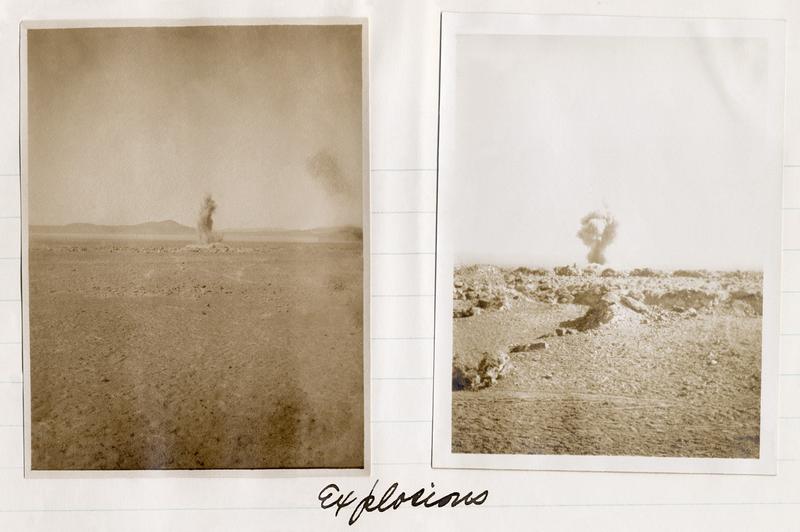Photography and the World Trade in Chemical Products at the Turn of the 20th Century
This essay traces the sources of sodium nitrate and sulfuric acid, compounds essential to the photography industry, during the late nineteenth and early twentieth centuries. Drawing on a series of essays from 1887 entitled “The Origin and Technology of Photographic Chemicals” by manufacturing chemist Frank H. Rosengarten, I follow these compounds from their extraction points in Chile and Sicily, respectively, to the factories of chemical companies and onto the studios of photographers. As will be shown through an analysis of period photographs and texts, the appropriation of these materials had devastating effects on local populations and environments. By delineating the trajectories of these chemicals, this essay not only seeks to expand current knowledge of photographic materials and labour but to situate early photography within the practices of extractive capitalism, or extractivisms, to use Eduardo Gudyna’s phrasing.

Mabel Loomis Todd, « Explosions », oficina Alianza, Pozo Almonte, Tarapacá, Chili, 1907, tirages argentiques tirés du manuscrit inédit The Nitrate Wealth of Tarapacá, chacun 10,5 × 8 cm. New Haven, Manuscripts and Archives, Yale University Library.
Katherine “Kappy” Mintie is the Senior Researcher in Art History at the Lens Media Lab at Yale University’s Institute for the Preservation of Cultural Heritage. Her work has been published in American Art and Panorama: Journal of the Association of Historians of American Art, as well as exhibition catalogues, such as Devour the Land: War and American Landscape Photography Since 1970 (2021) and Mining Photography: The Ecological Footprint of Image Production (2022).
Keywords: industry, chemical products, pollution, labor, extractivisms, infrastructures
Citation: Katherine Mintie, « Compositions chimiques. La photographie et le commerce mondial des produits chimiques au tournant du XXe siècle », Transbordeur. Photographie histoire société, no. 8, 2024, pp. 40-51.